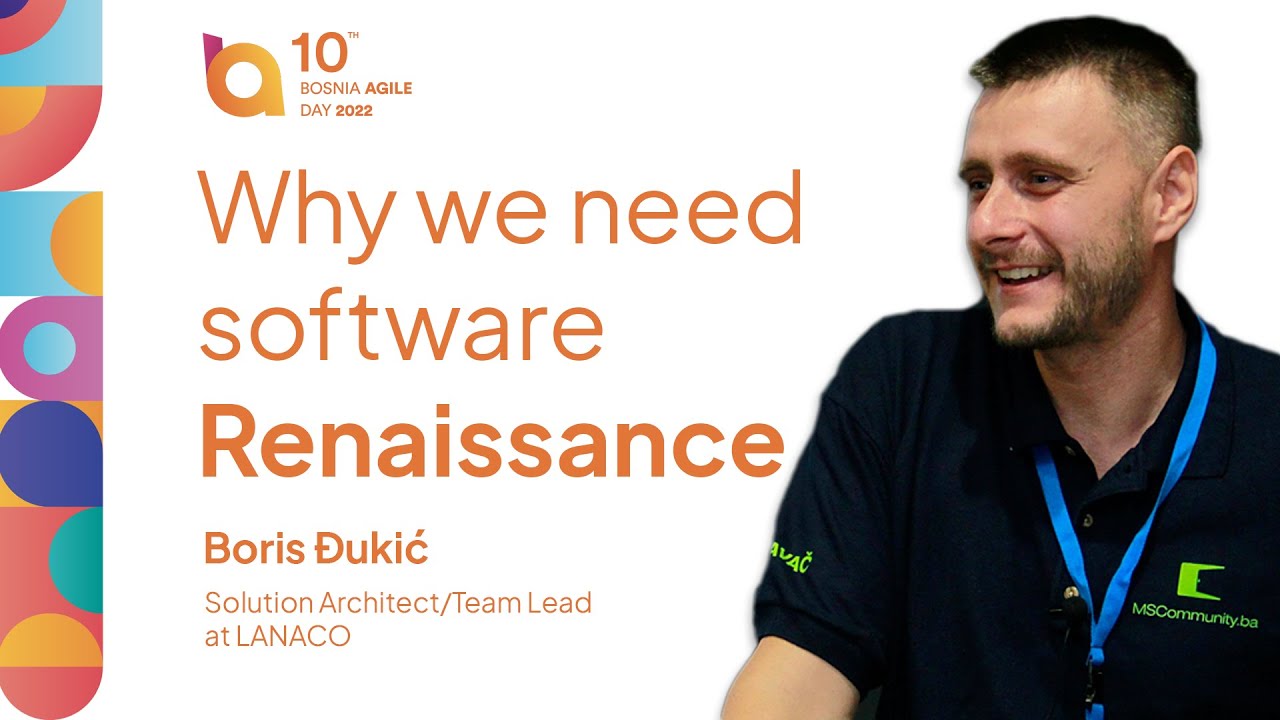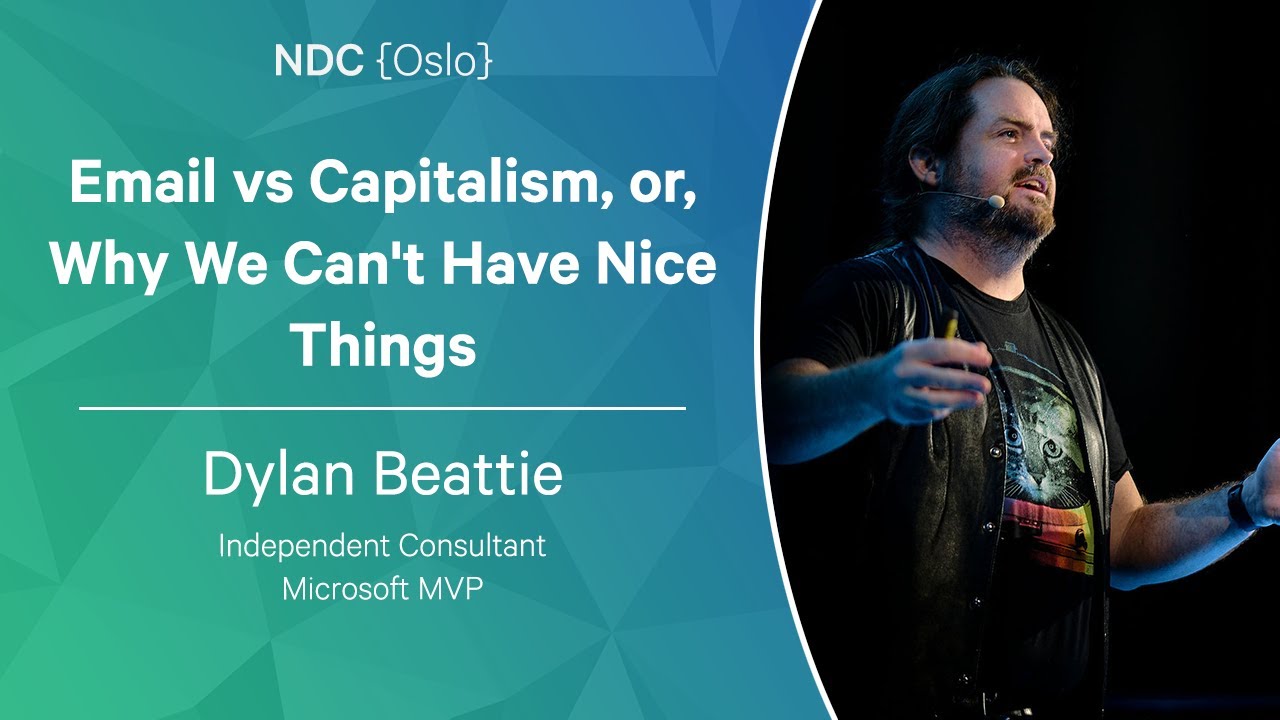

Yep.
There are two big end-user security decisions that are totally mystifying to me about Lemmy. One is automatically embedding images in comments without rehosting the images, and the other is failing to warn people that their upvotes and downvotes are not actually private.
I’m not trying to sit in judgement of someone who’s writing free software but to me those are both negligent software design from an end-user privacy perspective.






















!workmusic@lemmy.world